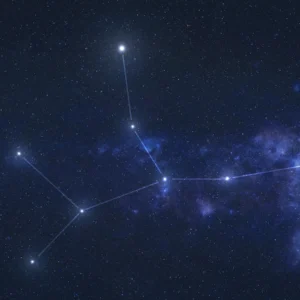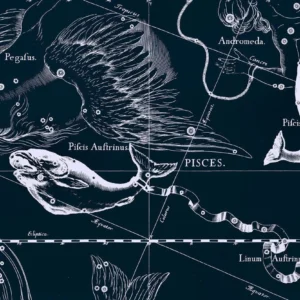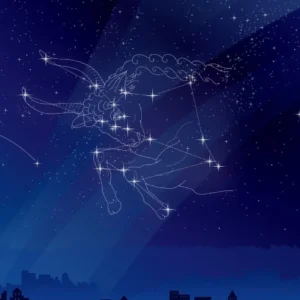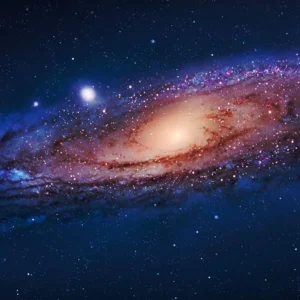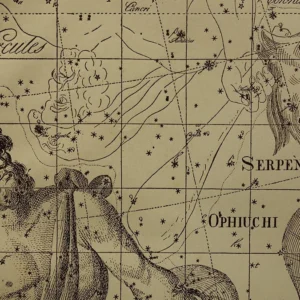What is the cancer constellation, and where can to find it? Cancer is one of the 12 classic zodiac constellations, located between Gemini and Leo in the northern sky. It covers about 506 square degrees, making it medium-sized but very faint.
According to NASA, Cancer is one of the dimmest constellations in the zodiac. Its brightest star, Beta Cancri (Al Tarf), has a magnitude of 3.5, so it can only be seen in very dark skies. Still, Cancer hides a true gem – the famous Beehive Cluster, also known as M44.
NASA astronomers call Cancer a “quiet zone of the sky,” where stable star systems make it ideal for searching for exoplanets.
How Cancer Got Its Name
The constellation’s name comes from ancient times. The Latin word Cancer means “crab,” and the creature became its symbol. In Greek mythology, the crab was a servant of the goddess Hera, who sent it to help Heracles fight the Hydra. Though the crab lost, Hera rewarded it by placing it among the stars.
In ancient Babylon, Cancer symbolized a creature linking two worlds – water and earth, past and future. That’s how it came to represent life cycles, rebirth, and care.
This is also where the name “Tropic of Cancer” comes from – the northernmost latitude the Sun reaches during the summer solstice. Through different eras, Cancer stood for maturity, care, and balance between science and spirit.
So the Cancer symbol is not just a crab but a sign of renewal, protection, and the circle of life.
What Cancer Looks Like in the Sky
Cancer is easy to miss among its brighter neighbors, but you can find it if you know where to look. Start with two bright points – Castor and Pollux from Gemini – and Regulus from Leo. The line between them will lead you straight to Cancer.
The best time to see it is from February to May, especially in March when it’s highest above the horizon in the northern hemisphere. Under dark skies, you might even spot the faint glow of its central cluster.
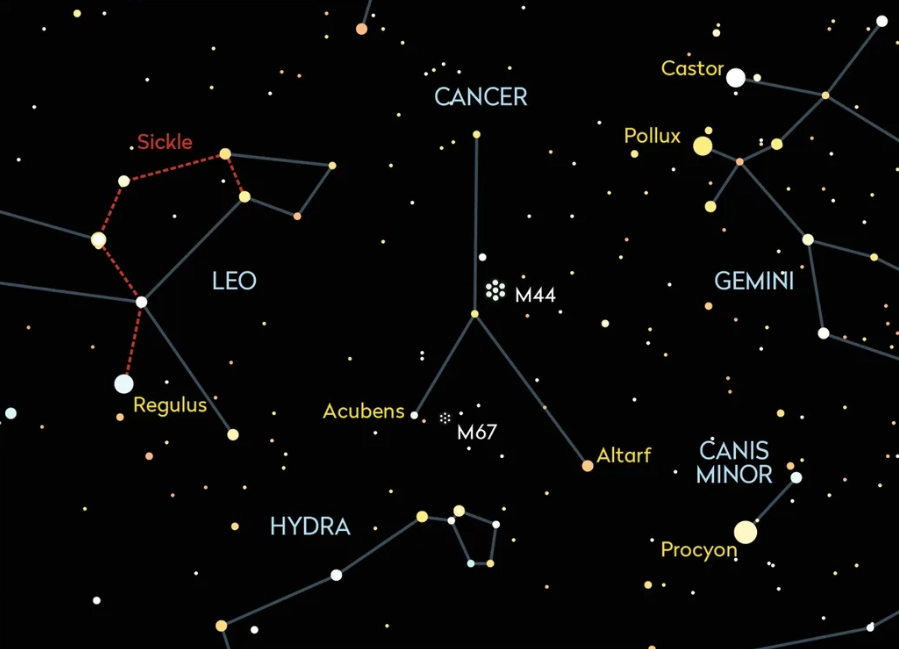
Before searching, let your eyes adjust to the darkness – it’ll help you notice fainter stars. Use Castor, Pollux, and Regulus as guides. Between them lies a hazy spot – that’s M44, the Beehive Cluster.
How to Spot the Cancer Constellation
You don’t need a telescope, just patience.
- Find the bright Gemini stars Castor and Pollux.
- Look east along the line toward Leo – you’ll see a faint patch between them.
- Use binoculars to spot the “cloudy blur” of M44 – that’s Cancer’s heart.
Tip: The best viewing time is after 10 p.m. in March when it’s highest in the sky.
Key Facts About the Cancer Constellation
Before diving into its special features, here are some verified data from NASA and Britannica.
Key parameters of the Cancer constellation according to Space.com and Britannica
| Parameter | Description | Source |
| Latin name | Cancer | NASA Sky Database |
| Area | 506 sq. degrees (31st of 88 constellations) | Britannica |
| Brightest star | Beta Cancri (Al Tarf) | Space.com |
| Best visibility | February–May (Northern Hemisphere) | Constellation Guide |
| Notable objects | M44 (Beehive), M67, 55 Cancri system | NASA/ESA |
The constellation Cancer may be dim, but that is precisely what makes it unique. It contains stars that form bridges between the myths of the ancient world and modern scientific discoveries.
The Treasures of Cancer: Star Clusters M44 and M67
Cancer holds two real gems – the open star clusters M44 (Praesepe or the Beehive) and M67.
M44 is visible to the naked eye – one of the few “cloudy patches” you can see without a telescope. It’s about 577 light-years away and contains over a thousand young Sun-like stars.
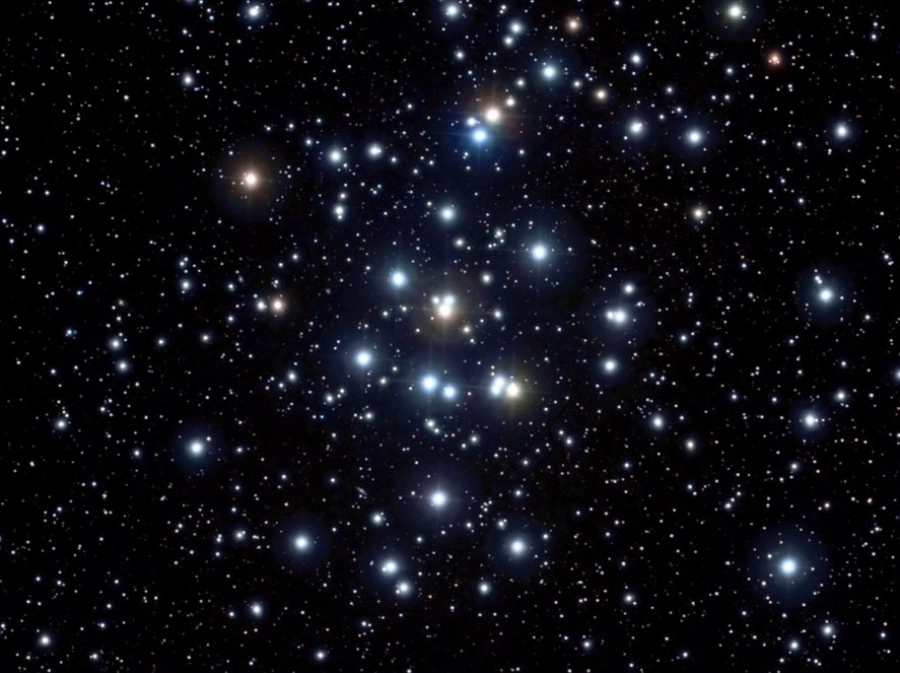
M67, on the other hand, is much older – over 4 billion years. The European Space Agency says it helps scientists study how stars age and how solar systems evolve.
In short, Cancer is a natural lab where the past and future of star life meet.
Stars with Exoplanets – Possible “Second Earths”
One of Cancer’s most famous stars is 55 Cancri, orbited by five confirmed exoplanets. One of them, 55 Cancri e, is nicknamed the “Diamond Planet” because NASA believes it may contain crystallized carbon.
The system is only 41 light-years away, making it one of NASA’s top targets for studying Earth-like worlds. Such planets help scientists understand how other solar systems form.
The Myth Behind Cancer: The Story of a Small Hero
The Greek myth of Cancer tells of loyalty and sacrifice. The crab tried to distract Heracles during his battle with the Hydra but was crushed. In gratitude, Hera placed it in the sky. The story reminds us that even the smallest creature can symbolize courage and support.
Modern astrologers see Cancer as a sign of empathy, intuition, and quiet strength – traits linked to emotional depth.
10 Amazing Facts About the Cancer Constellation
Cancer may look modest, but it’s full of wonder. Here are ten verified facts you might not know:
- Ptolemy listed Cancer in the 2nd century CE as one of 48 original constellations in his Almagest.
- M44, the Beehive Cluster, was known to ancient Chinese astronomers as the “Celestial Storehouse.”
- In 2020, the Gaia telescope discovered over 300 new stars in M44, showing active star formation.
- 55 Cancri is a binary system with two stars, like many in the Milky Way.
- Alpha Cancri (Acubens) is used as a navigation point in marine travel.
- M67 is one of the oldest visible open clusters.
- The “Tropic of Cancer” is named after the constellation and marks the northern boundary of the summer solstice.
- Astronomers have found at least three dwarf galaxies moving through this region.
- Part of the Moon’s orbit crosses Cancer, making eclipses frequent here.
- The name “Cancer” remains unchanged in over 15 languages – one of the most stable in astronomy.
The constellation Cancer is an example of how even the least noticeable things can hold the greatest discoveries.
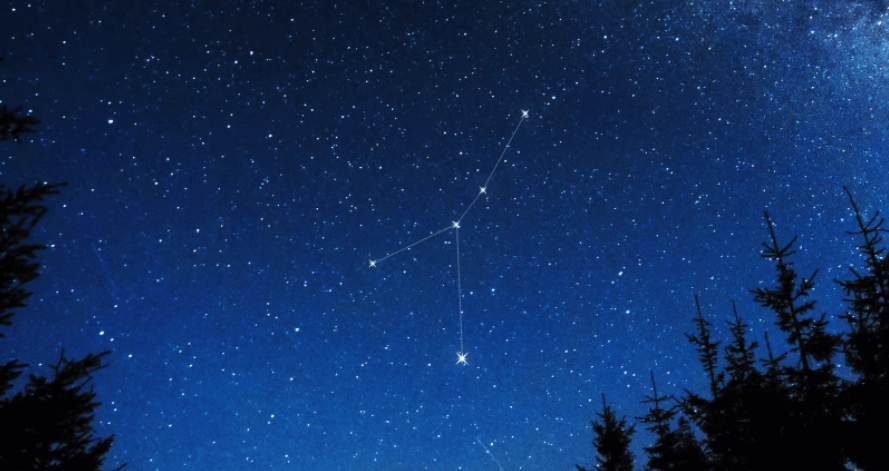
Why Cancer Deserves Our Attention
Cancer symbolizes quiet strength. It doesn’t shine the brightest, but it holds deep meaning in science and myth. Its stars taught astronomers patience and its stories remind us of bravery in the shadows. Next time you look up at the spring sky, find that faint “cloud” between Gemini and Leo – you’ll be looking at Cancer, the most emotional constellation of all.
FAQ
When Is the Best Time to See the Cancer Constellation?
From February to May, especially in March when it’s highest in the northern sky.
What’s the Brightest Star in Cancer?
Beta Cancri (Al Tarf), with a visible magnitude of 3.5.
What Is the Beehive Cluster (M44)?
M44 is an open cluster with over a thousand young stars, one of the closest to Earth.
Are There Planets in the Cancer Constellation?
Yes. The star 55 Cancri has five known exoplanets, including the “Diamond Planet” – 55 Cancri e.
Why Is Cancer Considered “Emotional”?
Because of the myth of the self-sacrificing crab and its link to empathy, care, and emotional depth.


